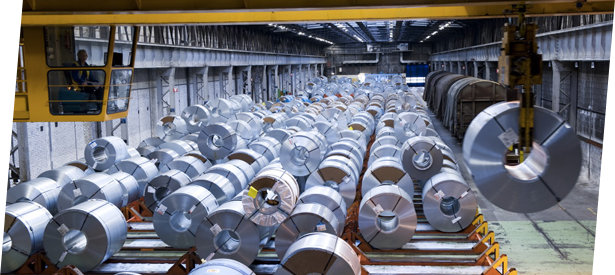 Before Iacocca, Chrysler production was a giant guessing game. Prior to Iacocca’s arrival, the way Chrysler worked was that the Manufacturing Division would tell the Sales Division the car models what quantities it was going to produce, then the Sales division would try to sell them. This is the complete opposite of what makes sense since the sales people should be managing the demand side based on customer interest. Basically, Chrysler was not responsive to customer demand, if a customer wanted a red car it was not going to be built unless the Manufacturing Division had allotted some production for red cars.
Before Iacocca, Chrysler production was a giant guessing game. Prior to Iacocca’s arrival, the way Chrysler worked was that the Manufacturing Division would tell the Sales Division the car models what quantities it was going to produce, then the Sales division would try to sell them. This is the complete opposite of what makes sense since the sales people should be managing the demand side based on customer interest. Basically, Chrysler was not responsive to customer demand, if a customer wanted a red car it was not going to be built unless the Manufacturing Division had allotted some production for red cars.
 This manufacturing organization meant that there was a sales bank of Chrysler cars. The extra cars that were not sold immediately were put on giant lots in Detroit at the Michigan State fairgrounds. In 1979, there were 80,000 models on display, which was worth approximately $600 million in finished inventory. The cost of this unsold inventory was immense because these assets were decaying. To fix this problem, Iacocca went to the dealers to pick up and reorganize demand side management. This was so that the dealers and salespeople could then come together to decide the next order for the following month + a 3 month projection of demand. A firm commitment from the dealers = a building schedule. The dealer makes an order and within a few weeks it is on location. Killing the sales bank was essential for efficiency.
This manufacturing organization meant that there was a sales bank of Chrysler cars. The extra cars that were not sold immediately were put on giant lots in Detroit at the Michigan State fairgrounds. In 1979, there were 80,000 models on display, which was worth approximately $600 million in finished inventory. The cost of this unsold inventory was immense because these assets were decaying. To fix this problem, Iacocca went to the dealers to pick up and reorganize demand side management. This was so that the dealers and salespeople could then come together to decide the next order for the following month + a 3 month projection of demand. A firm commitment from the dealers = a building schedule. The dealer makes an order and within a few weeks it is on location. Killing the sales bank was essential for efficiency.
